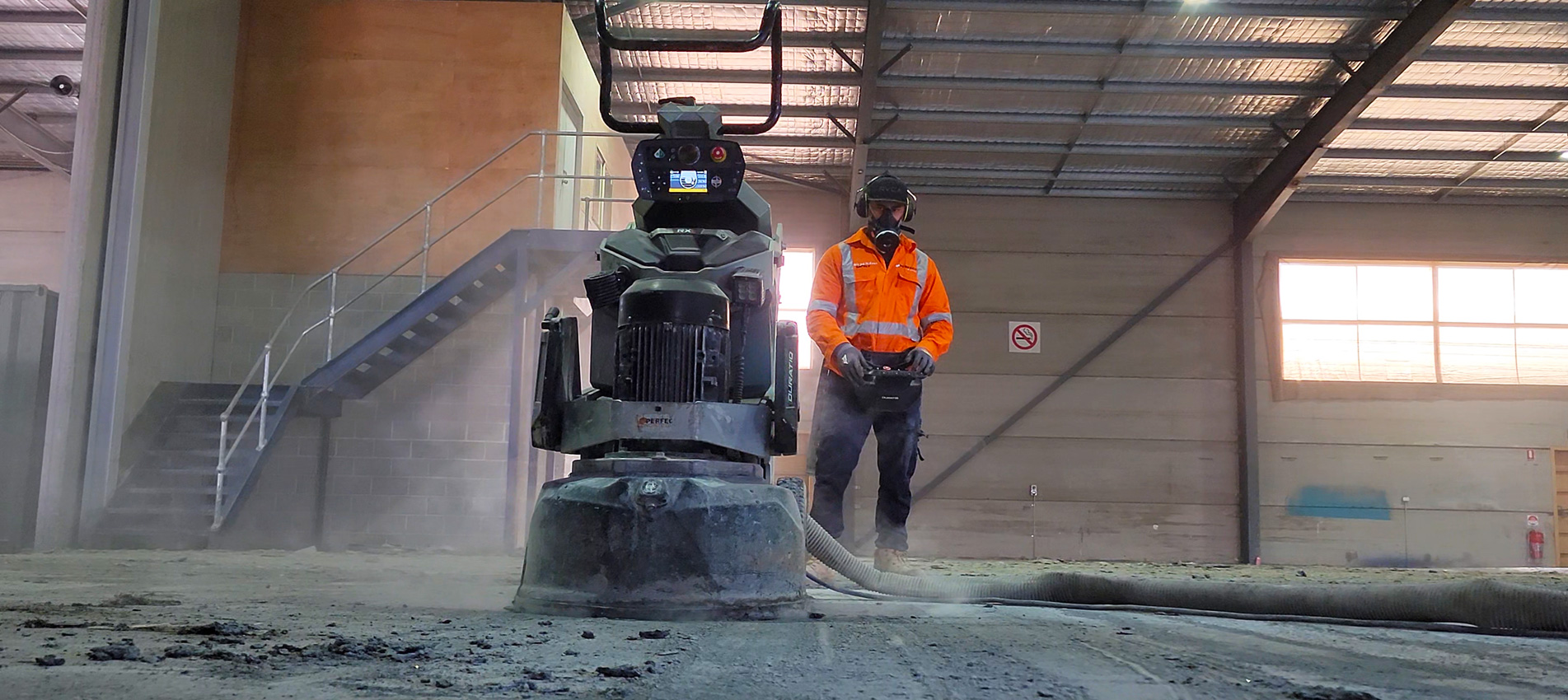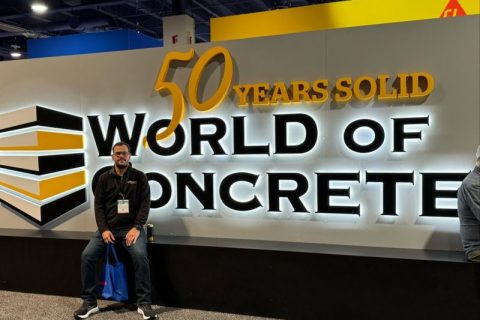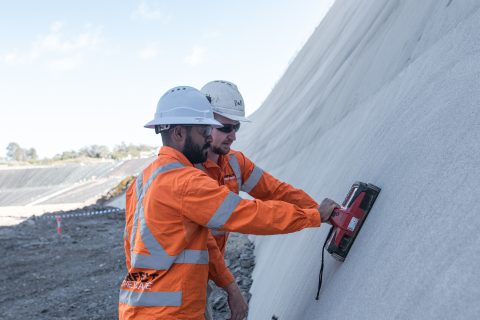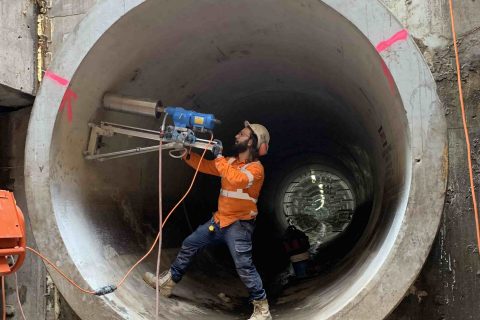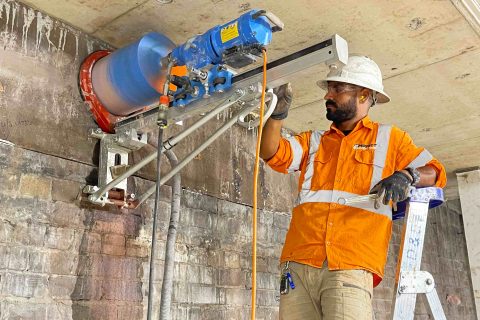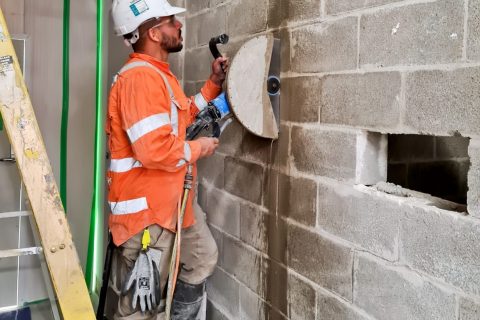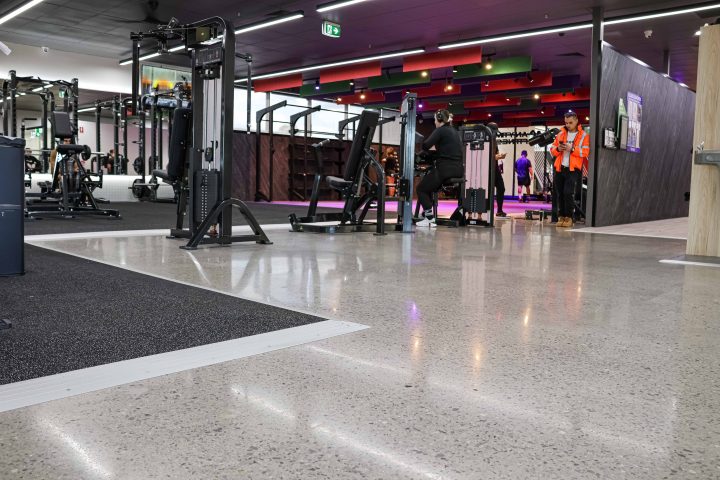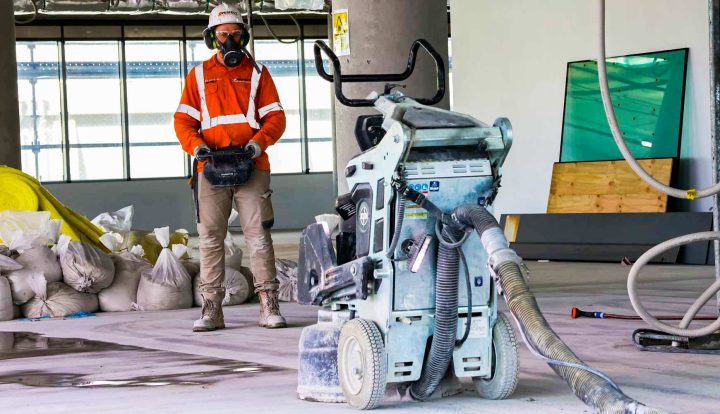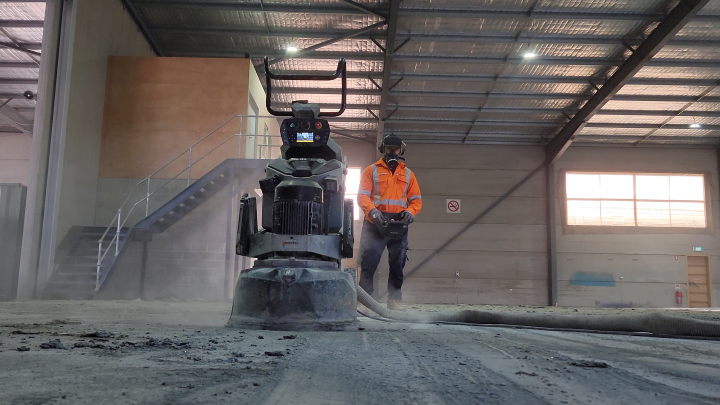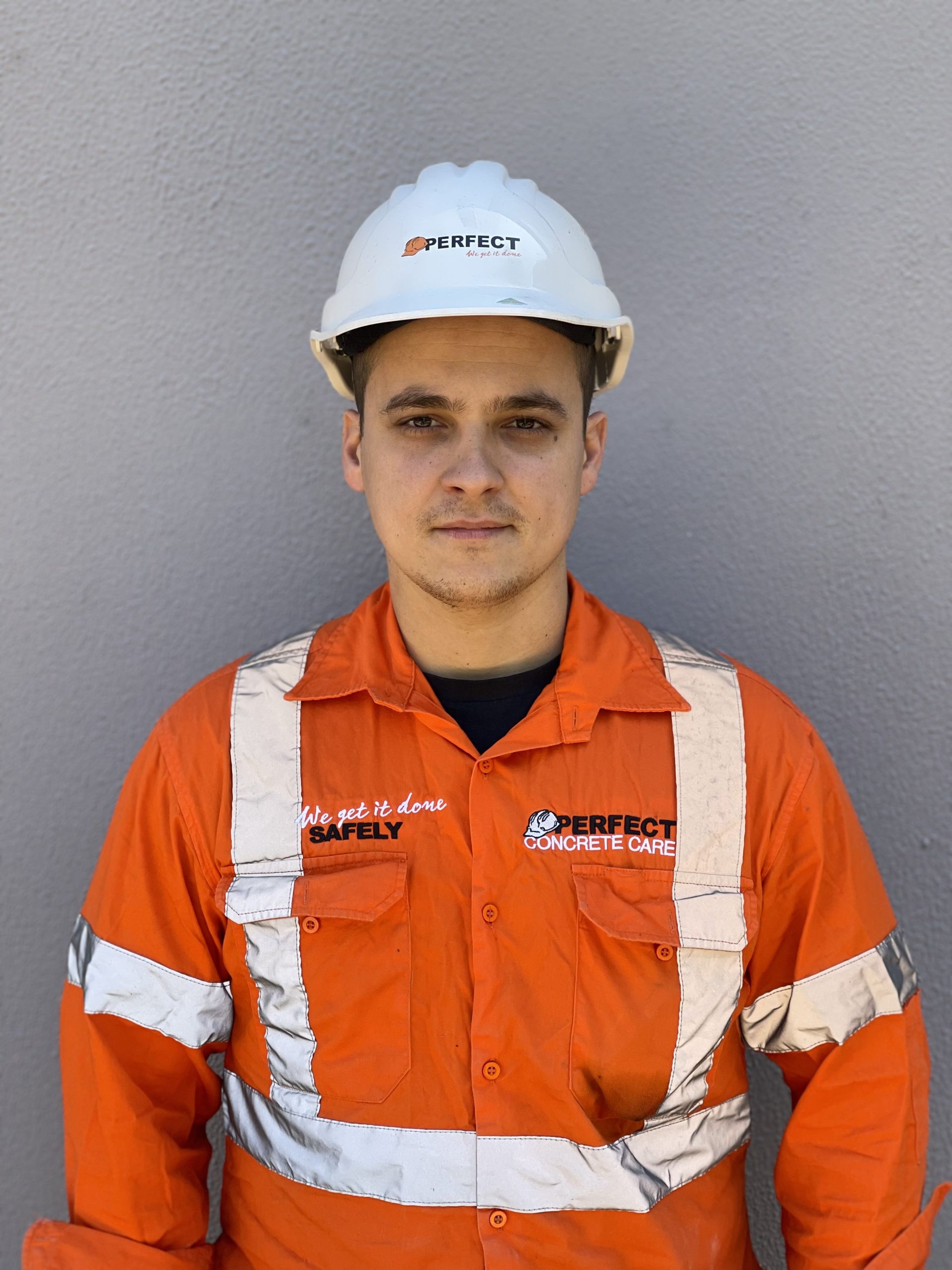Concrete surfaces, whether in industrial facilities, commercial spaces, or residential areas, often undergo a meticulous process known as grinding and sealing. This tandem approach to concrete treatment has become a standard practice, offering a range of benefits that contribute to the longevity, aesthetics, and overall performance of concrete. In this article, we delve into the reasons why grinding and sealing in concrete are inseparable companions.
1. Surface Preparation
Grinding: Unveiling the Substrate’s Potential
Before delving into the application of protective coatings or sealants, meticulous surface preparation is paramount. At the forefront of this preparatory phase is the intricate process of grinding, a multifaceted approach that plays a pivotal role in enhancing the concrete substrate.
- Removal of Irregularities and Blemishes
Grinding surpasses superficial imperfections, addressing concerns like uneven surfaces, rough patches, or protruding aggregates. By levelling the playing field, this method establishes a foundation that is not only uniform but also aesthetically pleasing.
- Stripping Away Existing Coatings
The grinding process meticulously removes any remnants of prior coatings, paints, or adhesives present on the concrete surface. This not only ensures a clean canvas for subsequent treatments but also eliminates potential adhesion issues that may arise when coatings are applied over incompatible materials.
- Creation of a Uniform and Smooth Surface
One of the primary objectives of grinding is to establish a consistent and smooth surface. By meticulously levelling the substrate, it provides an ideal canvas for the application of coatings, ensuring that the sealant adheres uniformly and effectively.
Sealing: Enhancing and Protecting
The meticulously prepared surface, refined through the grinding process, sets the stage for the subsequent sealing process. Sealing acts as the guardian of the concrete, introducing a range of benefits that extend beyond mere surface aesthetics.
- Optimal Bonding with the Substrate
The prepared surface, having undergone the grinding process, exhibits enhanced porosity and surface area. This increased porosity allows the sealant to penetrate more effectively, creating a robust bond with the concrete substrate. The result is an integrated system that maximizes the sealant’s effectiveness.
- Longevity Amplified Through Proper Grounding
Sealing on a properly ground surface elevates the longevity of the sealant. The bond forged between the sealant and the meticulously prepared concrete substrate ensures a lasting protective layer. This resilience is particularly crucial in high-traffic areas or environments prone to abrasion.
- Resistance to Penetration and Environmental Aggressors
The sealing process establishes a formidable barrier against external elements. It prevents moisture infiltration, staving off issues related to water damage, freeze-thaw cycles, and the growth of mould or mildew. This resistance also extends to contaminants, chemicals, and stains, fortifying the concrete against potential degradation.
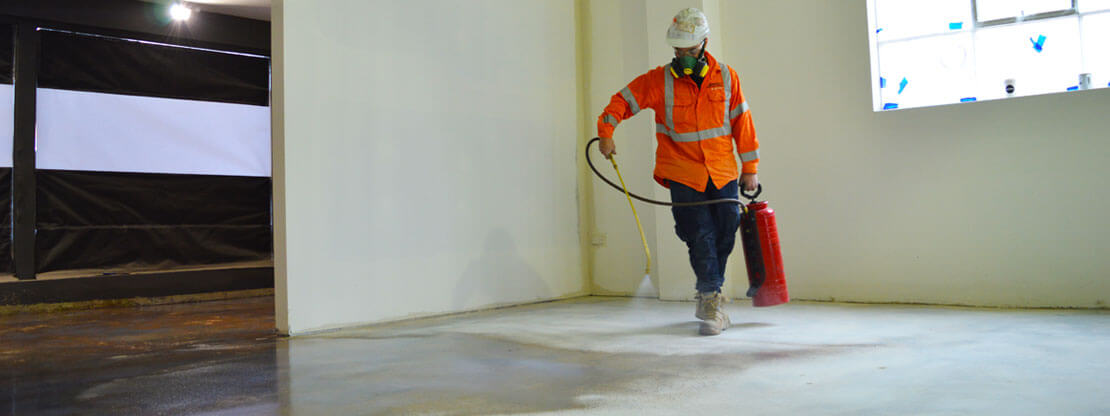
2. Enhanced Durability and Wear Resistance
Grinding: Structural Reinforcement
The role of grinding in enhancing concrete durability extends beyond cosmetic refinements, focusing on structural integrity and prolonged endurance.
- Elimination of Microscopic Flaws
Grinding delves into the microscopic realm, addressing imperfections invisible to the naked eye. By eliminating these subtle flaws, the concrete structure achieves a higher level of uniformity, minimizing weak points that could otherwise compromise its long-term durability.
- Enhanced Load-Bearing Capacity
The process of grinding not only eliminates surface imperfections but also contributes to the concrete’s load-bearing capacity. By creating a denser structure, reinforces the material’s ability to withstand heavy loads, making it ideal for areas where structural strength is paramount.
- Mitigation of Cracking Risks
Beyond reducing the likelihood of premature wear, the structural enhancements achieved through grinding play a pivotal role in mitigating the risk of cracks. A denser and more uniform concrete surface is inherently less prone to cracking, providing a robust defence against environmental and mechanical stresses.
Sealing: Beyond Surface Protection
Sealing, while traditionally associated with surface protection, unfolds as a holistic preservative that goes beyond forming a barrier against external elements.
- Chemical Resistance and Structural Preservation
Sealing not only protects against stains but serves as a chemical shield. The sealed surface becomes resistant to chemical intrusion, safeguarding not just the aesthetic appeal but also the structural composition of the concrete. This chemical resistance is particularly vital in environments where exposure to corrosive substances is a constant challenge.
- Dynamic Wear Resistance for Varied Environments
The wear resistance conferred by sealing is dynamic, adapting to diverse environmental challenges. In addition to protecting against abrasion in high-traffic areas, the sealed surface remains resilient in the face of varying conditions, such as temperature fluctuations, ensuring sustained durability regardless of the surroundings.
- Preservation of Original Texture and Colour
Sealing goes beyond mere preservation; it actively maintains the original texture and color of the concrete. This is crucial in applications where the aesthetic appeal is as significant as structural performance. The sealed surface resists fading, preserving its visual allure over the long term.

3. Improved Aesthetics
Grinding: Unveiling the Artistry in Concrete
The process of grinding emerges as an artful revelation, transforming a simple concrete surface into a visually captivating masterpiece. Beyond the functional aspects, grinding plays a pivotal role in enhancing aesthetics, creating an amalgamation of texture, colour, and uniformity.
- Aggregate Revelation
Grinding acts as a sculptor, unveiling the natural beauty of aggregates embedded within the concrete matrix. This revelation introduces a dynamic visual element, as the varied colours and textures of these aggregates become prominent, creating a surface that is not just functional but visually intriguing.
- Polished or Matte Finish
The choice between a polished or matte finish adds another layer to the aesthetic palette. A polished finish reflects light, imparting a sleek and contemporary sheen, while a matte finish exudes a subdued elegance. This flexibility in finish options allows for customization, ensuring the concrete surface aligns seamlessly with the design vision.
- Uniformity and Consistency
In the realm of aesthetics, consistency is key. Grinding creates a uniform appearance by eliminating variations in colour or texture. This transformative process levels the playing field, ensuring that the entire concrete surface presents a cohesive and harmonious visual experience, whether it spans a small residential floor or a vast industrial expanse.
Sealing: A Protective Veil
While grinding sets the stage for aesthetic brilliance, sealing steps in as a guardian, preserving and enhancing the visual allure achieved through this intricate process.
- Preservation Against Dusting and Fading
Over time, concrete surfaces can be susceptible to dusting and fading, detracting from their initial visual impact. Sealing acts as a shield against these natural wear and aging processes. By creating a protective layer, it prevents the formation of dust on the surface and safeguards against the fading of colours, ensuring that the aesthetic enhancements achieved through grinding endure.
- Surface Degradation Prevention
Concrete surfaces are exposed to various environmental elements that can lead to surface degradation. Sealing forms a barrier against these threats, including weathering, chemical exposure, and UV radiation. By resisting these factors, the sealed surface remains resilient, preserving its original aesthetics without succumbing to the erosive effects of time.
- Glossy or Satin Finish
The finishing touch provided by sealing introduces a choice between a glossy or satin finish. A glossy finish imparts a reflective sheen, enhancing the vibrancy of colours and patterns. On the other hand, a satin finish offers a subtle lustre, providing a sophisticated aesthetic without intense reflection. This versatility in finish options allows for nuanced expression in design.
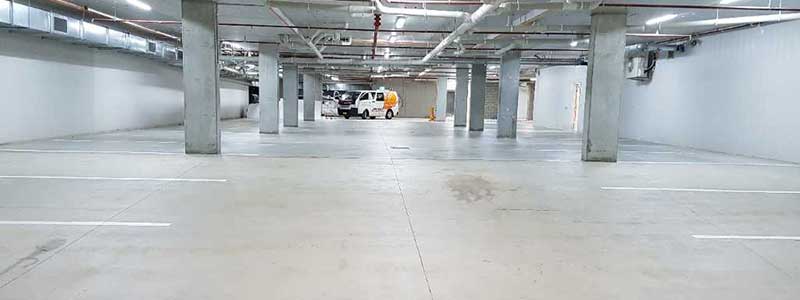
4. Moisture Resistance
Grinding: Enhancing Moisture Management and Absorption Uniformity
In the realm of moisture resistance, the grinding process emerges as a strategic ally, actively participating in the dynamic balance of concrete’s interaction with its environment. Far beyond a mechanical step, grinding becomes an intricate dance with moisture, enhancing the material’s ability to manage and absorb it uniformly.
- Pore Opening for Improved Breathability
Grinding is akin to granting concrete the ability to breathe. By delicately opening the pores, it allows the concrete to exhale and inhale moisture in a controlled manner. This breathability is crucial for the material’s health, preventing the entrapment of moisture that could lead to a host of issues, including mould growth, staining, and potential structural damage.
- Uniform Moisture Absorption
Uneven moisture absorption can be a concern for concrete surfaces, leading to irregularities in appearance and potential performance issues. Grinding addresses this challenge by creating a surface that absorbs moisture uniformly. This not only maintains the aesthetic integrity of the concrete but also mitigates the risk of structural problems associated with uneven moisture distribution.
Sealing: Moisture-Resistant Shield
Sealing steps into the moisture resistance narrative as a guardian, crafting a resilient shield that shields the concrete against the challenges posed by moisture infiltration. It transforms from being merely resistant to moisture to actively repelling it, ensuring the concrete remains unyielding against hydric threats.
- Pore Sealing for Forming a Protective Barrier
Sealing takes the process a step further by sealing the opened pores, forming a protective barrier against moisture infiltration. This barrier is akin to the concrete donning a waterproof cloak, preventing water molecules from permeating the material. This sealing not only preserves the structural integrity of the concrete but also safeguards against the negative impacts of prolonged moisture exposure.
- Minimizing the Risk of Cracking and Efflorescence
Moisture infiltration poses significant risks to concrete, including the potential for cracking and the development of efflorescence—a powdery, white residue on the surface. Sealing acts as a proactive defence against these risks. Minimizing moisture ingress, reduces the chances of internal pressure build-up due to freezing and thawing cycles, consequently minimizing the risk of cracking. Moreover, it curtails the migration of soluble salts that lead to efflorescence, preserving the aesthetic appeal of the surface.
- Guarding Against Freeze-Thaw Damage
In regions where freezing temperatures are a concern, the sealing process becomes a crucial element in protecting against freeze-thaw damage. By preventing moisture from entering the concrete and subsequently freezing, the risk of expansion and contraction-induced damage is mitigated. This proactive measure ensures the longevity of the concrete, even in climates where freeze-thaw cycles are prevalent.
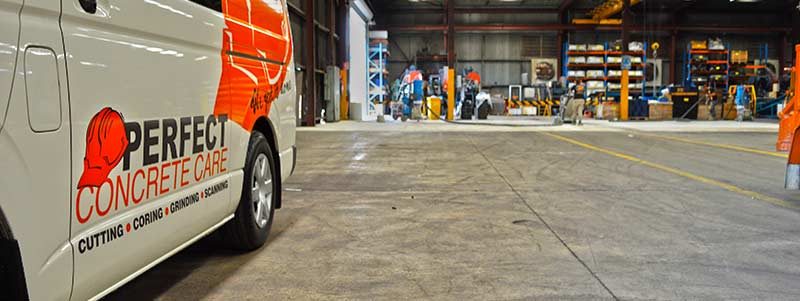
5. Easier Maintenance
Grinding: The Foundation for Effortless Upkeep
Within the realm of maintenance, the grinding process emerges as a transformative force, not only creating a visually appealing surface but also laying the groundwork for a maintenance-friendly canvas that stands resilient against the accumulation of dirt and contaminants.
- Enhanced Cleanability Through Surface Refinement
Grinding isn’t just about aesthetics; it’s about practicality. By refining the surface through the removal of imperfections, grinding creates a smoother, more uniform terrain. This refined surface is inherently easier to clean, as dirt and contaminants have fewer nooks and crannies to hide in. Whether through simple sweeping or more thorough cleaning methods, maintaining a pristine surface becomes a straightforward task.
- Preparation for Subsequent Treatments
Grinding serves as the proactive first step in a maintenance regimen. It not only makes the surface easier to clean but also prepares it for subsequent treatments. Whether applying coatings, sealants, or other protective layers, the ground surface becomes an ideal canvas, ensuring that these treatments adhere effectively. This sets the stage for ongoing maintenance interventions, making them more efficient and prolonging the overall lifespan of the concrete.
Sealing: A Shield for Effortless Maintenance
Sealing takes the maintenance narrative a step further, acting as a shield that simplifies routine care by preventing stains, spills, and the detrimental effects of UV exposure.
- Stain and Spill Prevention
Sealed concrete is like a fortress against stains and spills. The protective barrier formed by sealing doesn’t just repel moisture; it prevents substances from penetrating the concrete matrix. This proactive defence minimizes the risk of unsightly stains caused by spills of various liquids, ensuring that the surface remains not only visually appealing but also free from blemishes that could compromise its integrity.
- UV Protection for Long-Lasting Aesthetics
The effects of UV exposure can be harsh on concrete surfaces, leading to fading, discolouration, and surface degradation. Sealing provides a shield against these detrimental effects, acting as a UV-resistant barrier. By blocking the penetration of harmful UV rays, the sealed surface retains its vibrant colours and patterns over time. This UV protection is instrumental in ensuring the long-lasting aesthetics of the concrete, making it a resilient feature in any environment.
- Sustainable Aesthetics Through Simplified Care
Beyond the immediate protective benefits, the simplified maintenance facilitated by sealing contributes to the sustainable aesthetics of the concrete. The ease of care ensures that the visual appeal achieved after grinding is sustained over the long term, minimizing the need for extensive and labour-intensive interventions.
In conclusion, the synergistic relationship between grinding and sealing in concrete is rooted in the need for comprehensive surface preparation and long-term protection. This dual approach not only enhances the durability and aesthetics of concrete but also simplifies ongoing maintenance efforts. Whether in industrial settings, commercial spaces, or residential areas, the combination of grinding and sealing is a proven strategy for ensuring the optimal performance and appearance of concrete surfaces.

